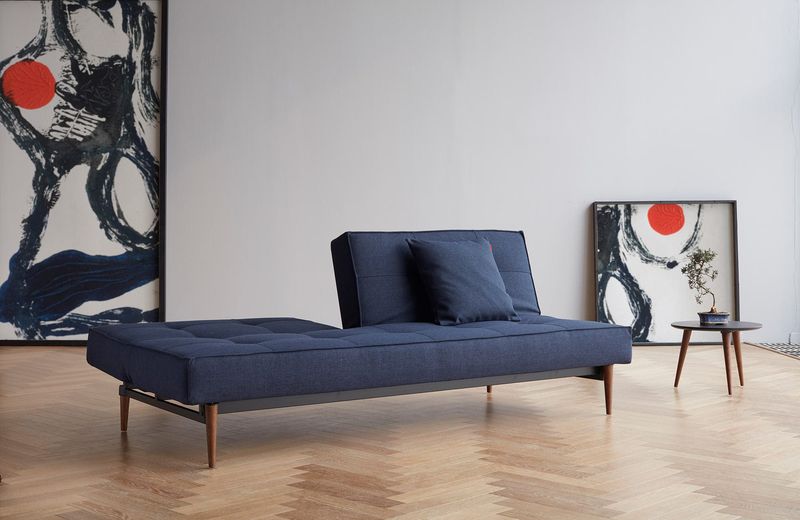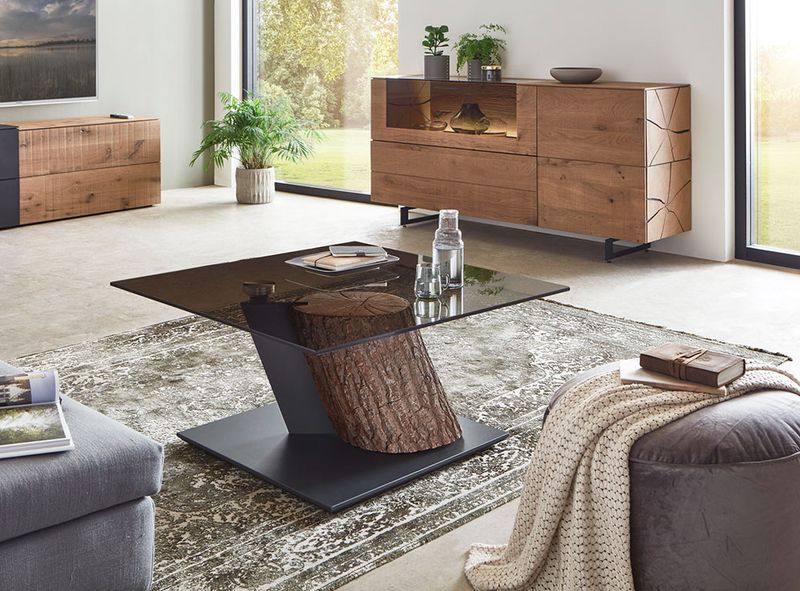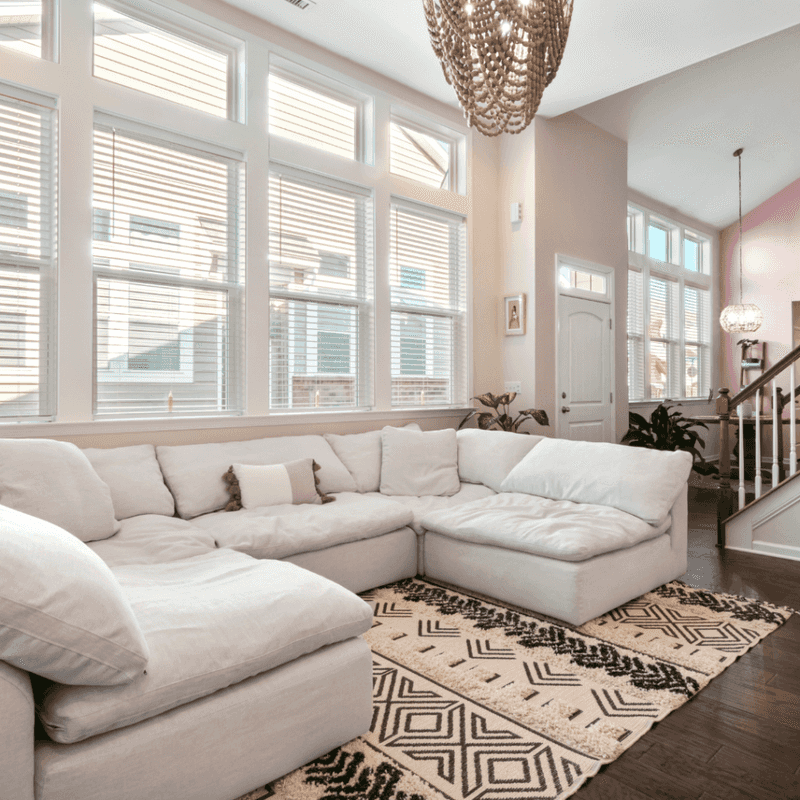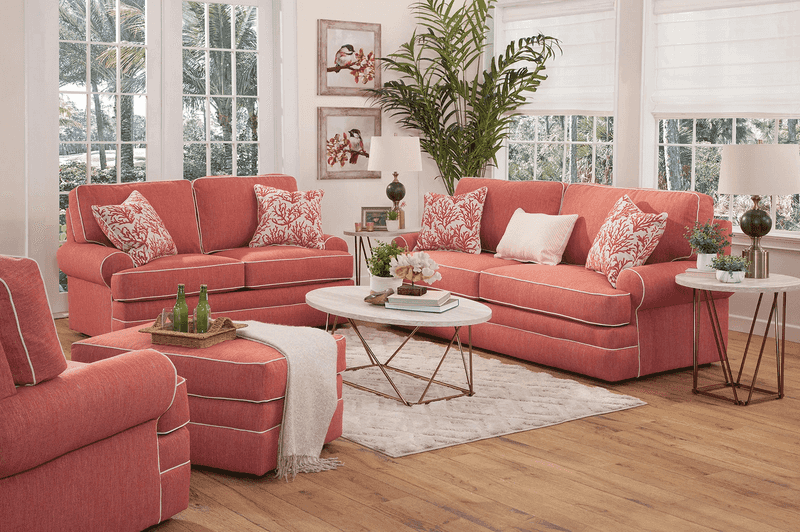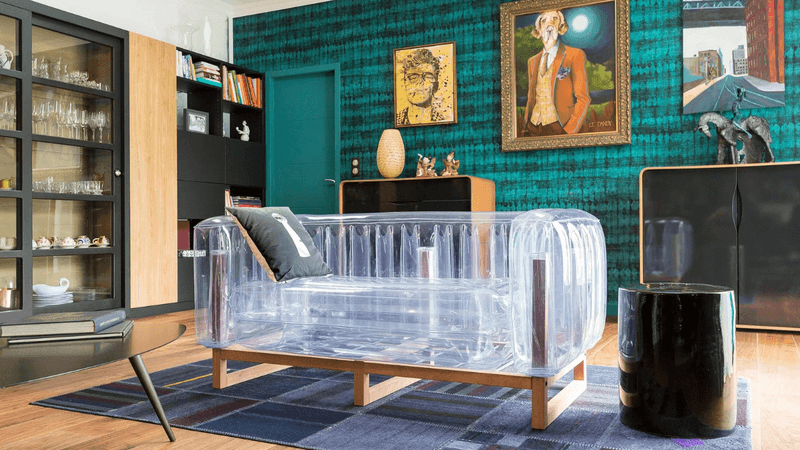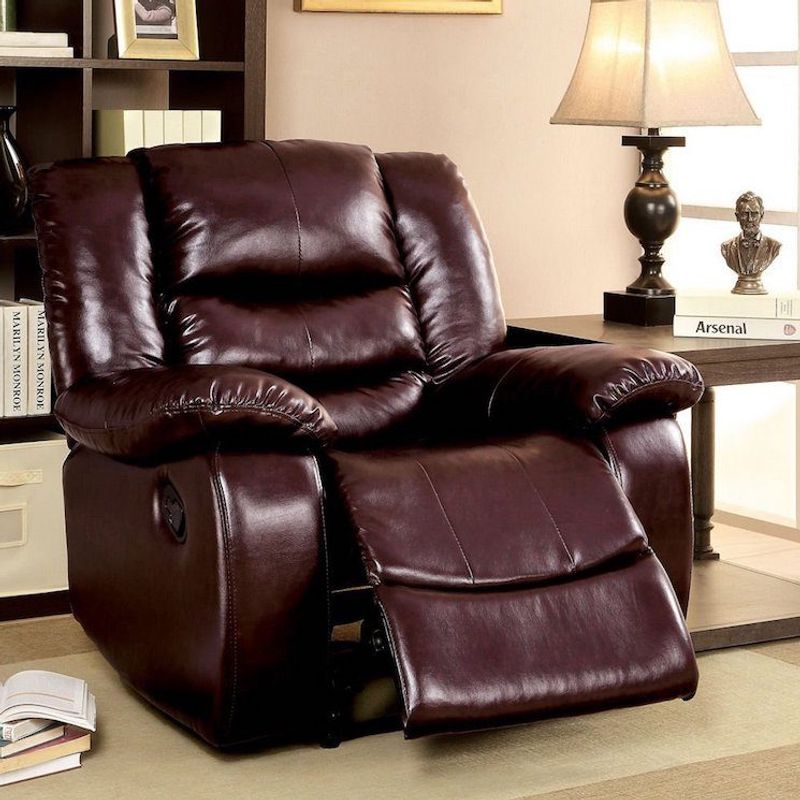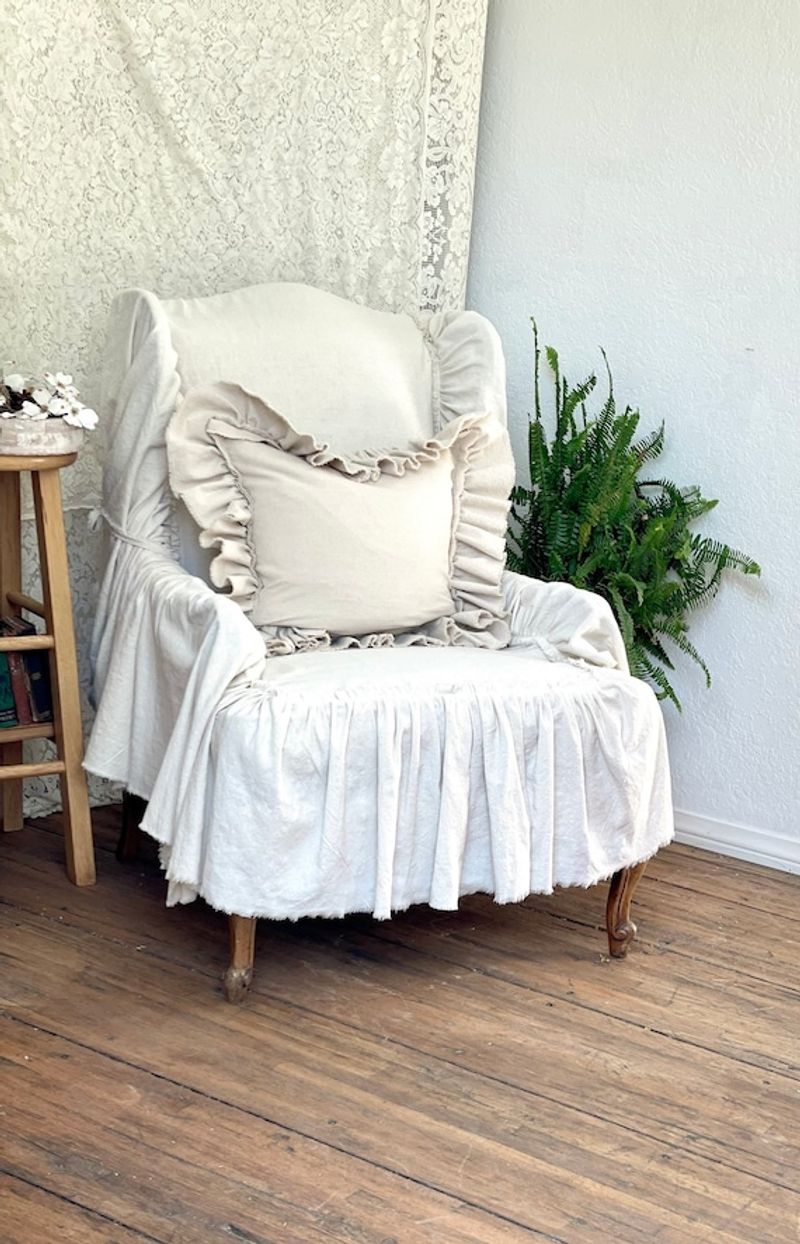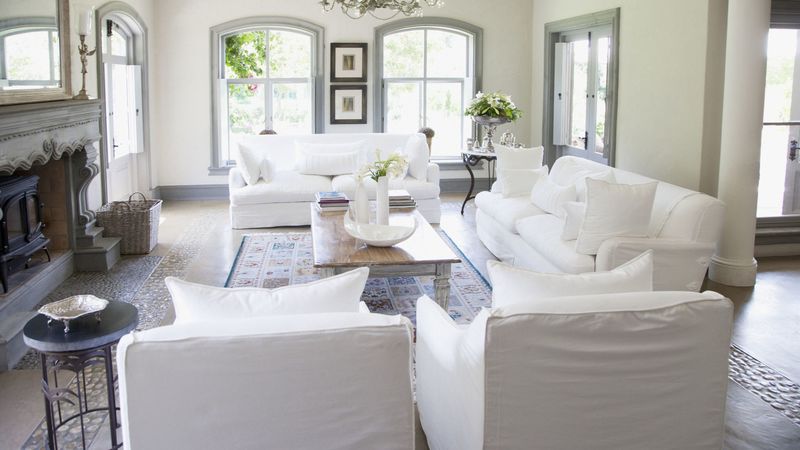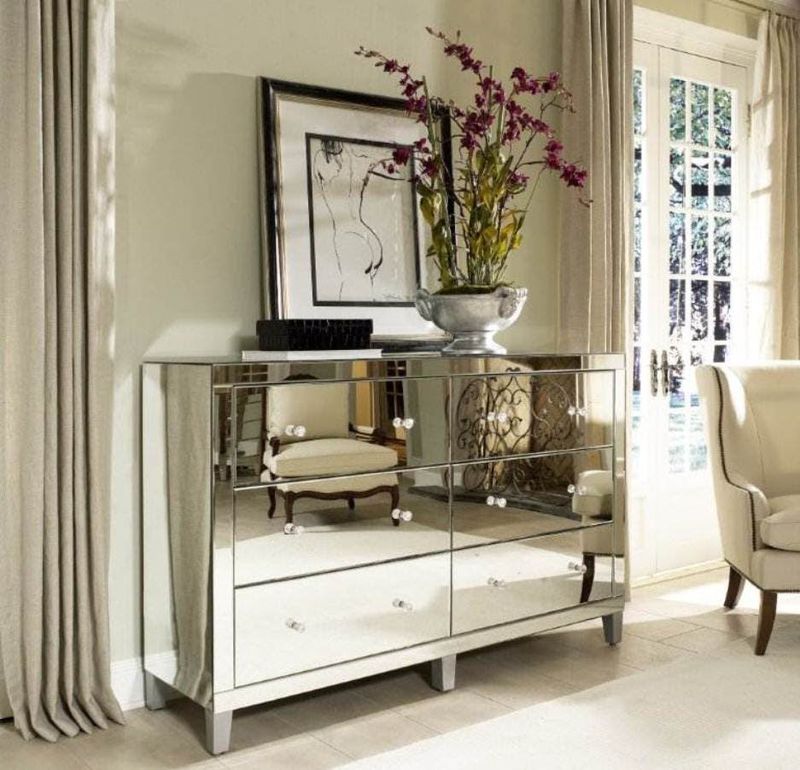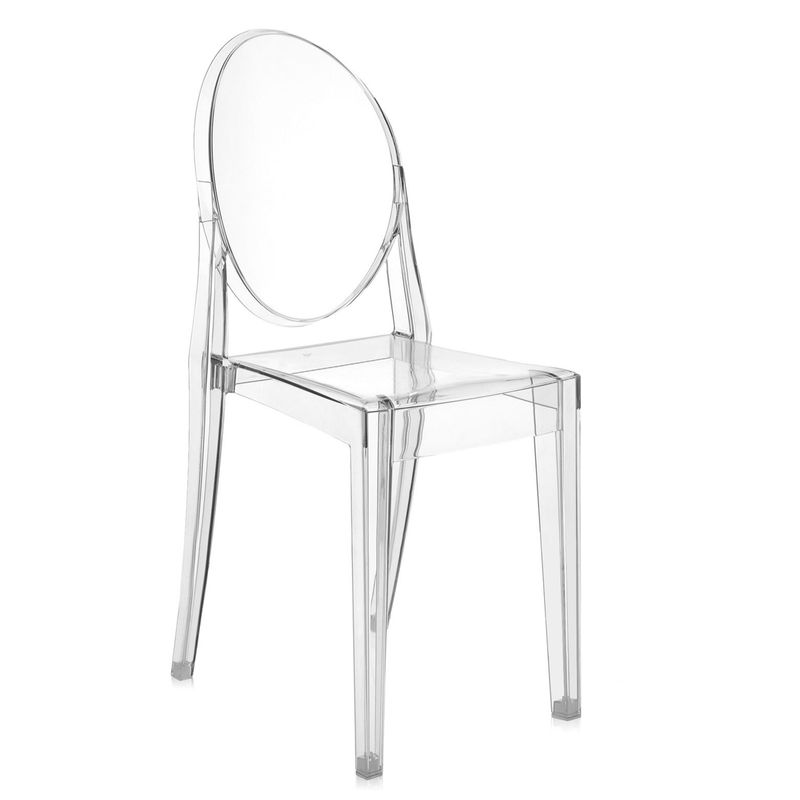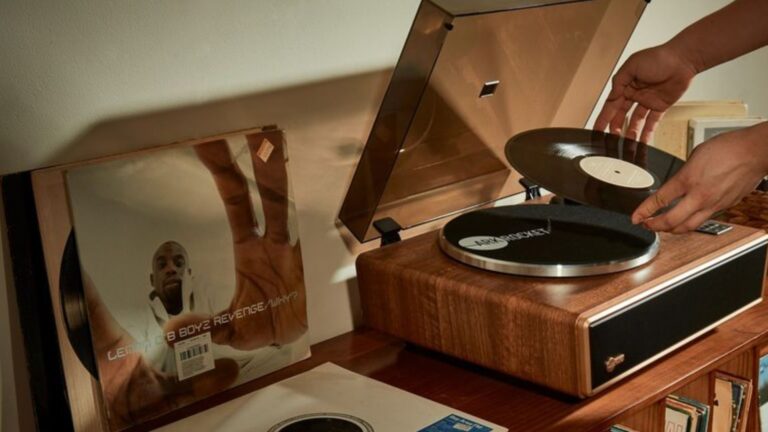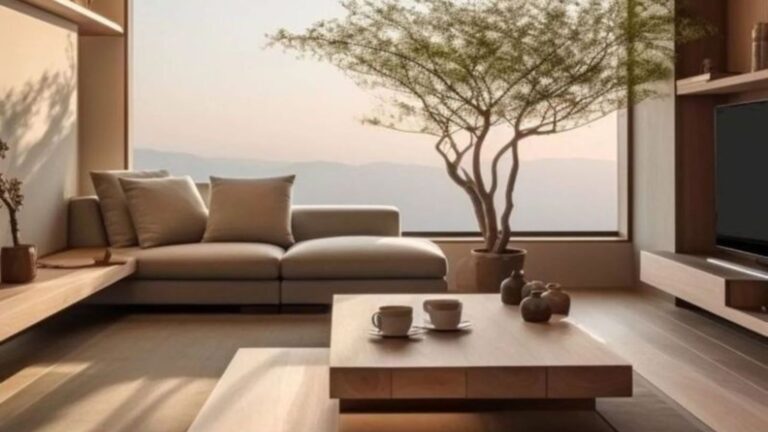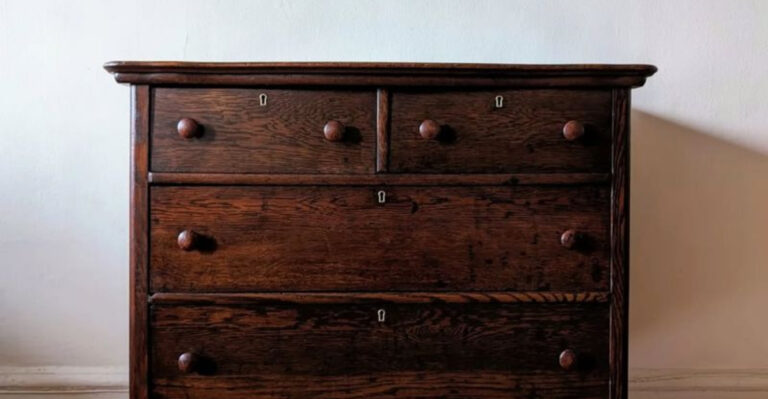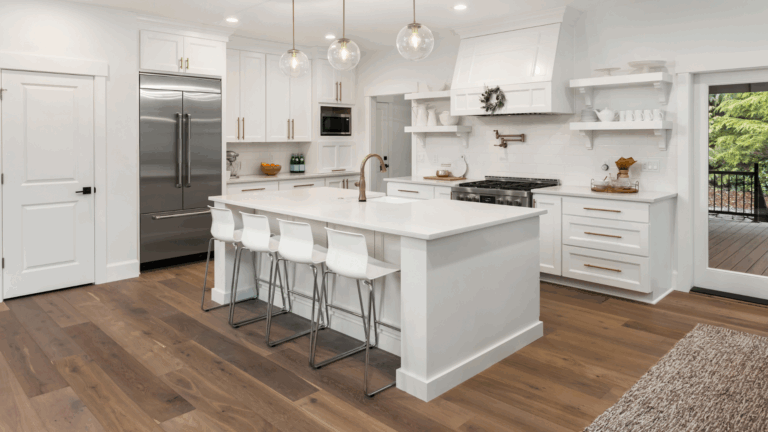15 Pieces Of Furniture You Should Never Buy, According To Interior Designers
Ever wondered why some rooms just never feel right despite your best decorating efforts? The secret might be hiding in plain sight: your furniture choices.
Interior designers have seen it all – from trendy disasters to functional nightmares that homeowners regret purchasing.
Before you swipe that credit card on your next furniture shopping spree, check out these professional warnings about pieces that might look tempting but ultimately disappoint.
1. Futons That Double as Beds
Anyone who’s spent a night on a futon knows the truth – they’re neither good sofas nor decent beds. These compromise pieces might seem practical for small spaces, but they typically offer the worst of both worlds.
The thin mattresses provide minimal support, while the frames often creak with every movement. Your overnight guests deserve better, and so does your back!
2. Glass-Top Coffee Tables
Fingerprints, smudges, and constant cleaning – welcome to the reality of owning a glass coffee table. What initially appears sleek quickly becomes a maintenance nightmare.
Beyond the cleaning hassle, these tables pose safety concerns in homes with children or pets. The sharp edges and breakable surface are accidents waiting to happen. Many designers suggest wood or upholstered ottoman alternatives that offer both style and practicality.
3. Particle Board Anything
Tempted by that suspiciously affordable bookshelf? Look closer at the materials. Particle board furniture might save money initially, but it’s essentially compressed sawdust held together with glue.
When exposed to moisture or weight, these pieces quickly warp, sag, and disintegrate. Moving them even once can cause irreparable damage. Professional designers recommend saving longer for solid wood pieces that will actually survive more than one apartment move.
4. Oversized Sectional Sofas
Bigger isn’t always better when it comes to seating. Those massive sectionals swallowing half your living room might seem cozy at first glance, but they’re often proportion-killers in average homes.
Without proper space planning, these behemoths can make even generous rooms feel cramped and awkward. Instead of maximizing one furniture piece, designers suggest creating conversational arrangements with appropriately scaled pieces that allow for better traffic flow and visual breathing room.
5. Matching Furniture Sets
Walking into a showroom and purchasing an entire matching bedroom set might seem efficient, but designers collectively cringe at this approach. Cookie-cutter rooms lack personality and often feel like impersonal hotel spaces rather than homes.
The matchy-matchy aesthetic creates a flat, uninspired look that misses opportunities for visual interest. Professional designers recommend building collections over time, mixing complementary styles and finishes to create spaces with depth, character, and authentic personal expression.
6. Inflatable Furniture
Remember those transparent inflatable chairs from the 90s? There’s a reason they disappeared. While nostalgia might tempt you toward modern versions of blow-up furniture, resist the urge!
These novelty pieces deflate both literally and aesthetically. They’re uncomfortable, prone to punctures, and make embarrassing noises when you sit down. Even as temporary solutions, they communicate a dorm-room vibe that’s hard to overcome in an otherwise thoughtful space.
7. Trendy Accent Chairs You Can’t Actually Sit In
You’ve seen them on Instagram – those sculptural statement chairs that look like modern art installations. While visually stunning, many prioritize form so far over function that they’re essentially useless for their intended purpose.
Uncomfortable seating creates awkward social situations where guests avoid certain pieces. Remember that furniture should serve both aesthetic and practical purposes. The most successful interiors balance visual impact with genuine comfort and usability.
8. Mass-Produced “Vintage” Reproductions
Nothing beats the character of genuine vintage furniture, which explains why mass-market retailers now sell distressed reproductions claiming to offer that same charm. Don’t be fooled by the artificial patina!
These factory-aged pieces lack the authentic history and craftsmanship of true vintage finds. The uniform “distressing” often looks contrived rather than naturally developed.
9. Bulky Recliner Chairs
Comfort doesn’t have to come at the expense of style, yet traditional oversized recliners often sacrifice aesthetics entirely. These bulky eyesores frequently dominate rooms with their disproportionate scale and utilitarian appearance.
Modern furniture design has evolved to offer comfortable seating options that don’t scream “man cave.” Today’s well-designed recliners feature sleeker profiles and refined upholstery that integrate seamlessly into sophisticated interiors while still providing the relaxation you crave.
10. Cheap Leather Sofas
Genuine leather furniture represents a significant investment – and for good reason. Those suspiciously affordable “leather” sofas are typically made from bonded leather, which is essentially ground-up leather scraps mixed with polyurethane.
Unlike full-grain leather that develops a beautiful patina over time, these imposters start peeling and cracking within a few years. The surface material literally flakes off, leaving unsightly patches. Designers recommend either investing in quality leather or choosing honest upholstery alternatives like performance fabrics.
11. Furniture With Built-In Cup Holders
Convenience features like built-in cup holders might seem practical during movie nights, but they quickly date otherwise decent furniture. These gimmicky additions scream “casual basement” rather than thoughtful design.
The plastic inserts inevitably collect dust and sticky residue, becoming difficult to clean thoroughly. For sophisticated entertaining, designers suggest elegant side tables placed within easy reach—they serve the same practical purpose while maintaining design integrity and flexibility as your needs and tastes evolve.
12. Furniture With Too Many Ruffles
Heavily ruffled furniture had its moment in the 80s and 90s, but designers unanimously agree this fussy look should remain in the past. Excessive frills and flounces collect dust, appear dated, and add visual clutter to spaces.
Beyond the maintenance issues, these pieces often feel overly formal and stuffy in contemporary homes. Today’s interiors favor cleaner lines with texture added through more sophisticated means like varied fabrics, subtle patterns, and thoughtful material combinations that won’t look embarrassingly outdated in five years.
13. Impractical White Upholstery
Those pristine white sofas in design magazines? They’re typically photographed before anyone actually lives with them. Unless you maintain a shoes-off, no-food, no-pets, no-children household, white upholstery represents a cleaning commitment few are prepared to maintain.
Even with performance fabrics, the constant vigilance required to prevent staining creates unnecessary anxiety. Designers often recommend medium tones or textured fabrics that provide similar brightness while forgiving the reality of daily life and its inevitable spills.
14. Mirrored Furniture Everywhere
A single mirrored piece can add glamour and light reflection to a room. The problem arises when homeowners become overzealous, filling spaces with multiple mirrored dressers, nightstands, and console tables.
These high-maintenance surfaces show every fingerprint and require constant polishing. They also create visually chaotic reflections when overused.
15. Acrylic “Ghost” Chairs
While these transparent seating options enjoyed massive popularity in recent years, designers now see them as approaching their trend expiration date. The clear plastic material shows every smudge and scratch, requiring constant maintenance to maintain their intended pristine appearance.
Many acrylic versions also become yellowed and cloudy over time, especially when exposed to sunlight. For those still drawn to their visual lightness, designers suggest limiting these pieces to occasional seating rather than everyday use where their practical limitations become quickly apparent.


